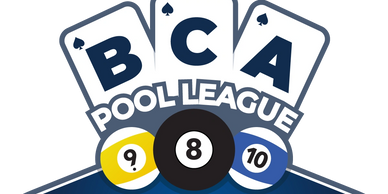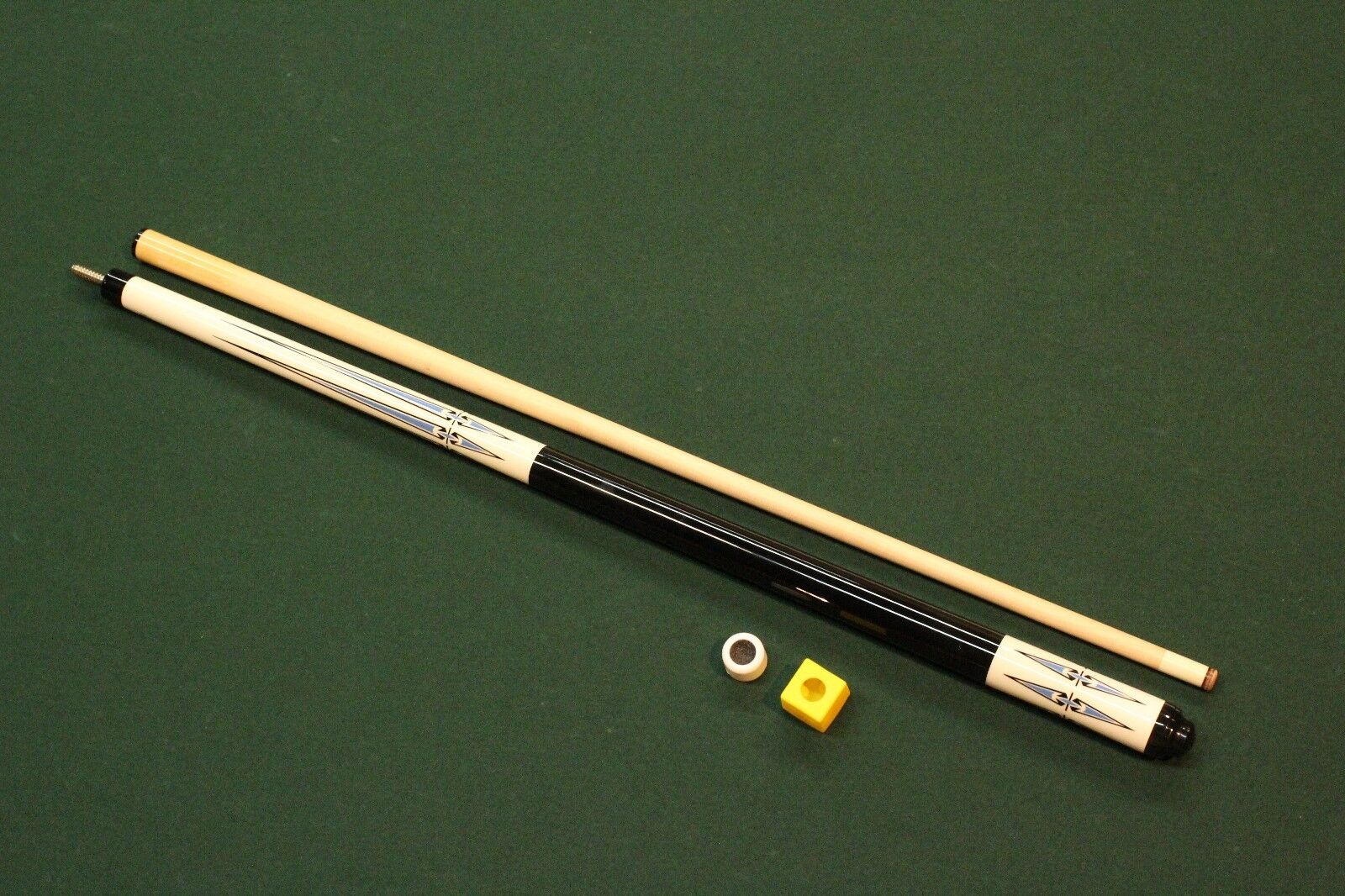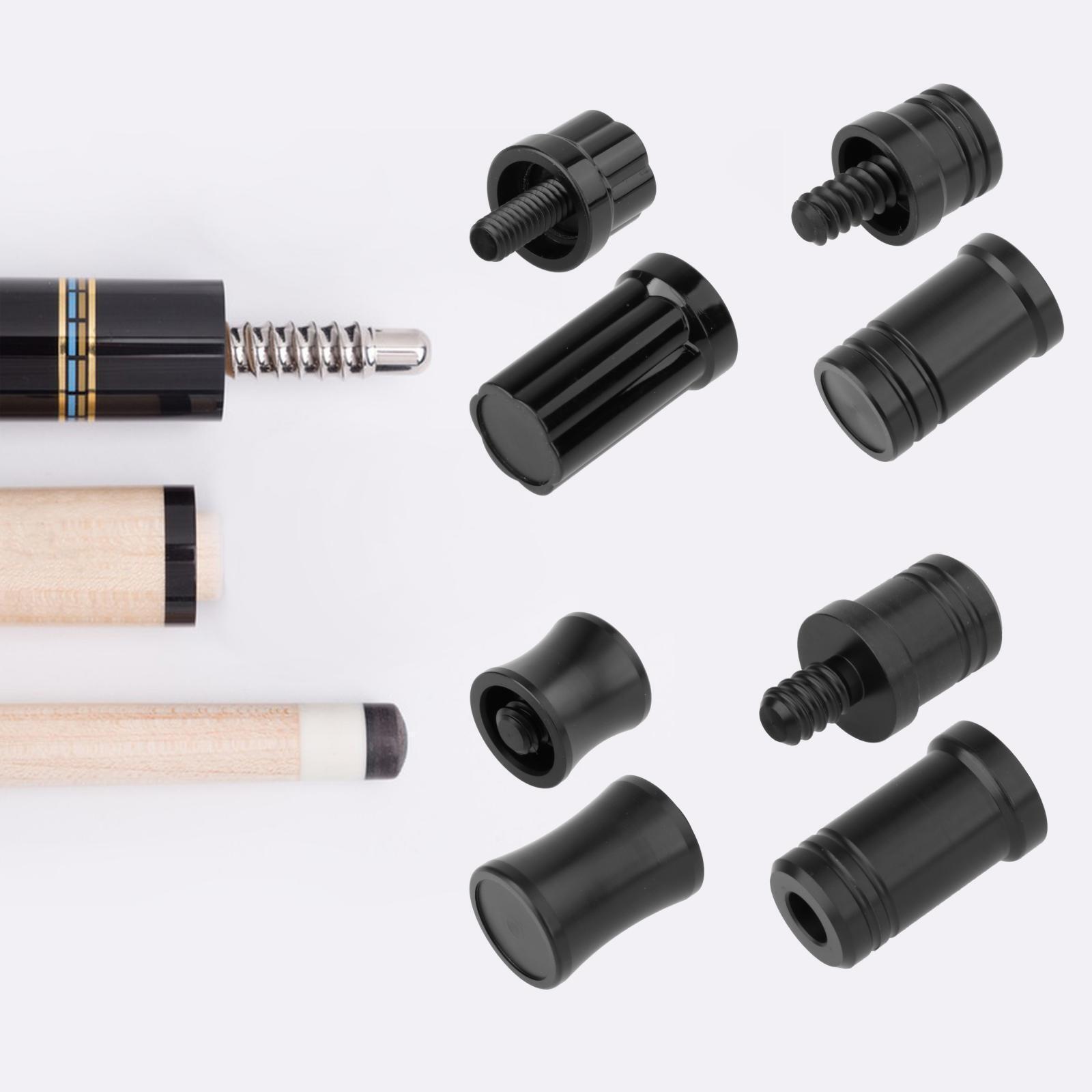
While pool and Billiards are quite similar games, there are some key differences. First, the tables used in each game are different. Billiards tables can be larger than pool tables. Additionally, they use larger balls. Billiard cues are also longer and thicker than pool cues.
Carom billiards is free of pockets
Carom billiards are different from pocket billiards in that they use no pockets to hold the balls. They use three balls rather than the usual four. The cue must be used to aim at the balls so that they ricochet. These games require a lot of skill and ingenuity. Each player is allowed three turns. A player can earn as much as 500 points, but the highest recorded score is only 427.
Carom billiards is about accumulating as many points as possible in a short time span. A successful shot earns you one point. Misses are not penalized. Players can also try their hand at playing artistic billiards by using Aramith Carom Balls.
Only 3 balls are used
Both pool and billiards can be considered variations on the carom game. Both games have three balls, a carom and a red. The red ball, also known as the cue ball, is used in carom-billiards. The yellow and brown are the balls that are used in carom billiards. Both games are played on pool tables that are five by ten feet.

In billiards, the game is played on a pocketless, five-by-10-foot table with three balls. In three-cushion, the cueball is marked on one end with a small black dot. The object is always the red ball. The object of the game is scoring as many points as possible.
The napping direction of snooker cloth is obvious
The nap of snooker cloth affects the ball's trajectory. It is made entirely of wool and is thick. This is in contrast to carom cloth. Carom cloth is usually worsted, and is made for speed. Both cloths serve different purposes and can be used for different games.
A slow shot towards the middle pockets is where you will notice the most obvious directional nap difference. If the ball falls into the side cushion, it will be dead weight. To avoid this, aim your shot towards one of the jaws in the middle pocket.
Modern billiards cues
Modern billiards cues look very different to traditional pool cues. They can be made from different materials and have male and female connections made almost exclusively from brass or steel. These materials are resistant to temperature fluctuations and shrink less than other material. Many cues are made with precious stones or silver inlays.
Billiards evolved out of stick and ball outdoor games. The game is also known by the name "ground-billiards", and it's very similar with modern games like hockey, croquet, or golf. Modern billiards cues have different functions, despite the similarities.

History of billiards
Billiards and pool date back to the 14th century when ground-billiards were invented. It is unknown where the word billiards came from. However, it is believed that two French words may have been its source. The first refers to the machete used to smash the balls. The other is billette which is French for tail. In addition to the English-language inventors of the game, Frenchmen also contributed to the game's evolution.
In England and Europe, pool and billiards became very popular in the 18th century. King Henry VIII (Edward VI), and the Archbishopof Glasgow were all present at events featuring pool. Cardinal Thomas Wosley a friend of King Henry VIII wrote a glowing letter praising the sport. Billiards was an important game. French kings, noblemen, and others commissioned joiners to make their billiard tables in the 17th Century. The game has evolved considerably over the centuries, with the role of pockets evolving with time.